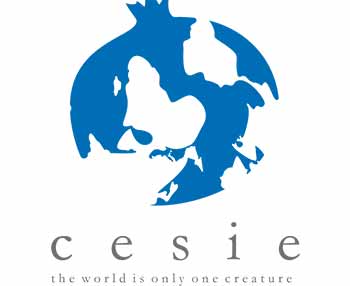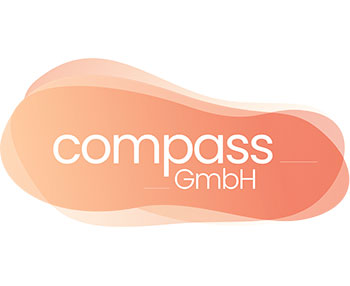
Digital Storytelling with Refugees: Analysis of Communication Setting from the Capability Approach Perspective
02/17/2022
This research investigates the communication setting of the Digital Storytelling Workshop through the analysis of a case study carried out with a group of refugees and asylum seekers. By analysing this communicative process, we will reflect on the relationship between Media Studies and the concept of Human Development as theorised in Amartya Sen and Martha Nussbaum’s Capability Approach. In so doing, it will be possible to understand how communicative processes act in a performative way on the capacity that individuals have to imagine themselves and act as active and responsible subjects. What will emerge from this study is therefore the importance of deepening our understanding of the concept of Human Development within Media Studies dealing with migration.
Analysis of literature concerning the media representation of refugees reveals how the media not only spread a message, but act in a performative manner to create an image shaped by relations of social and cultural power (Chouliaraki and Zaborowski 2015). For this reason, the means of communication are closely related to the ways in which a society develops and the possibilities it has to do so. By building on this line of research, the present study aims at analysing the relationship between communication devises mediated by digital technologies and the idea of Human Development, starting from the analysis of the use of Digital Storytelling Workshop with a group of refugees and asylum seekers. The connection between these two elements derives from the observation that, for asylum seekers, refugees and migrants in general, the means and possibilities of accessing digital technologies should not be viewed as a secondary asset, but a primary one, which can impede or facilitate the understanding of oneself, of others and of one’s position as an active agent in the receiving society.
The foundations of every narration are the act of telling and the act of listening. According to some political theories, however, in the political doctrine of democracy, more emphasis has been given to the act of saying and to the sharing of stories than to the dimension of listening, and to the motivations and responsibilities this act entails (Bickford 1996, Robinson 2011). Freedom of speech, as an essential act of the policies that respect the point of view of the individual, examines the ability not only to narrate oneself, but also to learn how to listen to another’s story. Why do you ask someone to tell his/her story? What are the expectations and responsibilities of this kind of listening? In the environment of the reception of refugees and asylum seekers, telling one’s story is, on one hand, an act that is required for receiving international protection (McNamara 2015), and, on the other, the first tool on which social relations are based. Considering the point of view of the other, placed in time and space, with his/her potential, limits and vulnerabilities, leads us to pay attention to the space between narrator and listener, and therefore to the context of the dialogue mediated by digital technologies.
The act of telling a story within the Digital Storytelling context relies not only on the ability of participants to build an effective story. Rather, both the creative and construction process depend much on the social, technological and spatial context in which the workshop is held. As written above, the central part of the workshop started with the Story circle, a phase of oral tales in which, through game activities, the facilitator leads the participants into creating their own stories. In order to share the story, though, digital technologies too, such as the use of computer to record the story, the textual elaboration of the tale and the editing of the final video, play a major role in the building and representation of the story. The possibility of giving shape to one’s own tale that might be significant for a possible audience depends on both the capacity of the narrator to chose which part of their experience might be interesting to share with the other, and the choice of the aesthetics of the final product. In his kind of workshop, the rules for the creation of videos are followed so as to produce aesthetically homogenous products. What changes is the story content, which depends much on the space in which the workshop is realised and the relationship between participants and facilitators. The stories produced in the Digital Storytelling Workshop in the period 2013-2014 by the five European partners of the IntegrArt project generates a different image of the refugee, far from the dialectical figure of criminal/victim. The main, integral themes of the 21 stories gathered refer to past moments with the family, new meetings in the receiving countries, the creation of a new family, the discovery of new places and cities, and personal passions such as studying, music, and art.
Read more:














